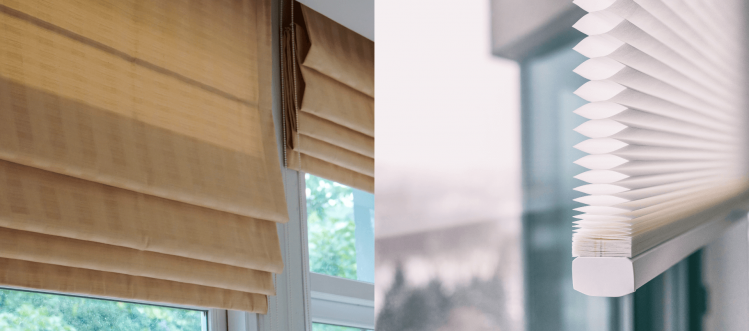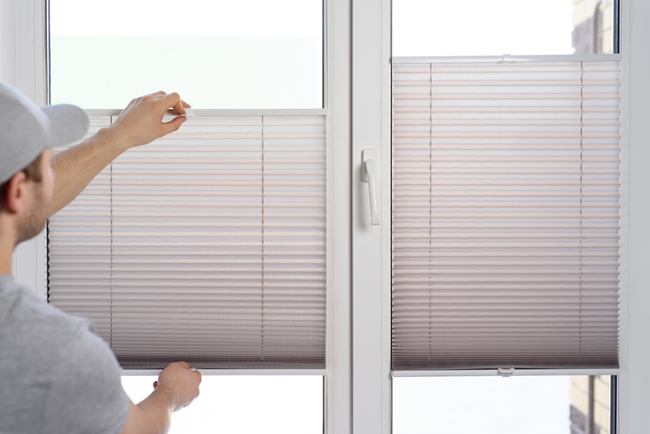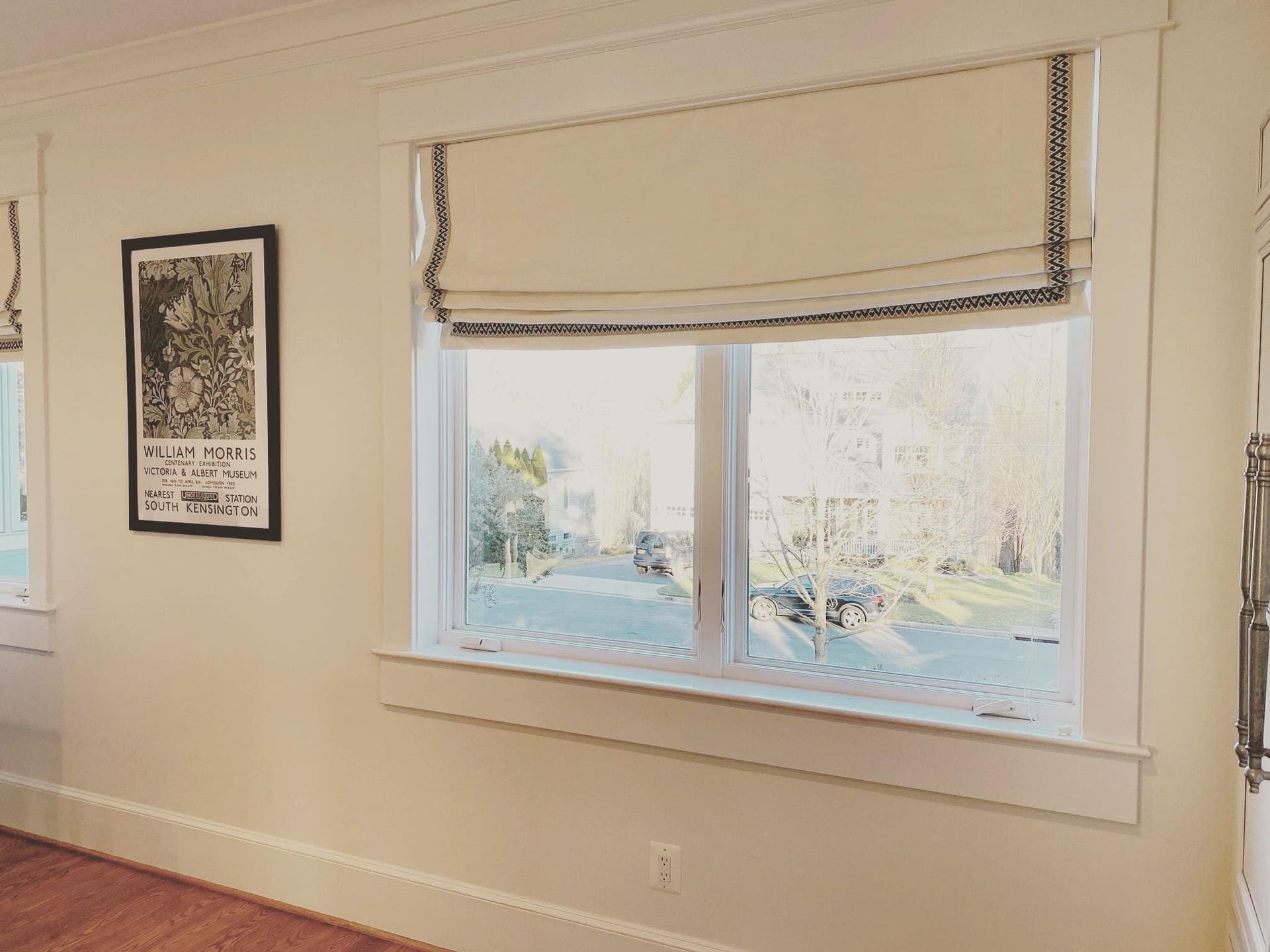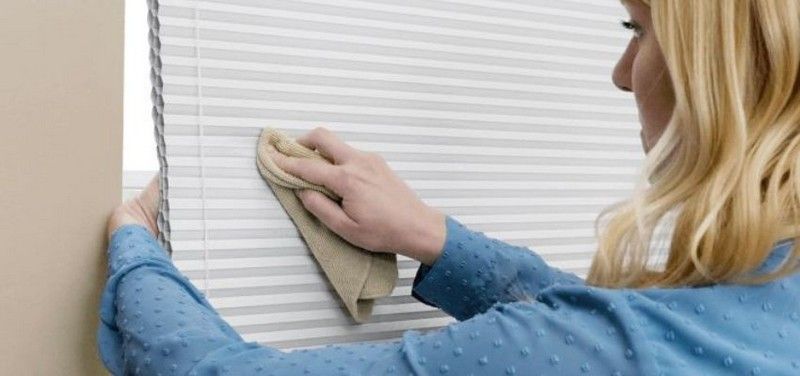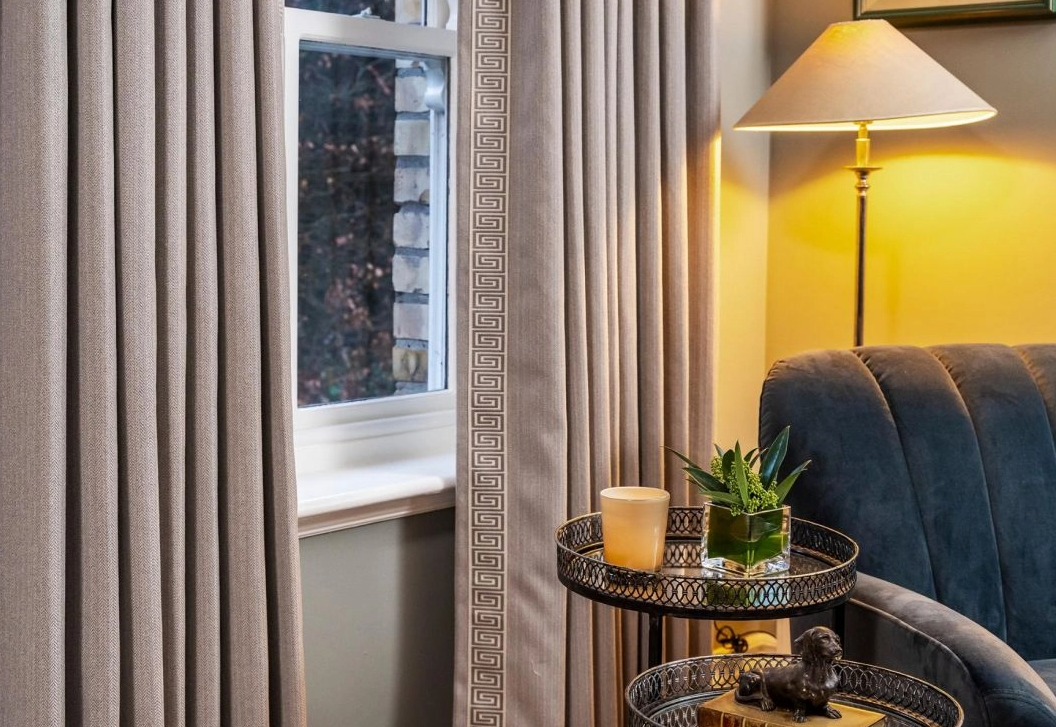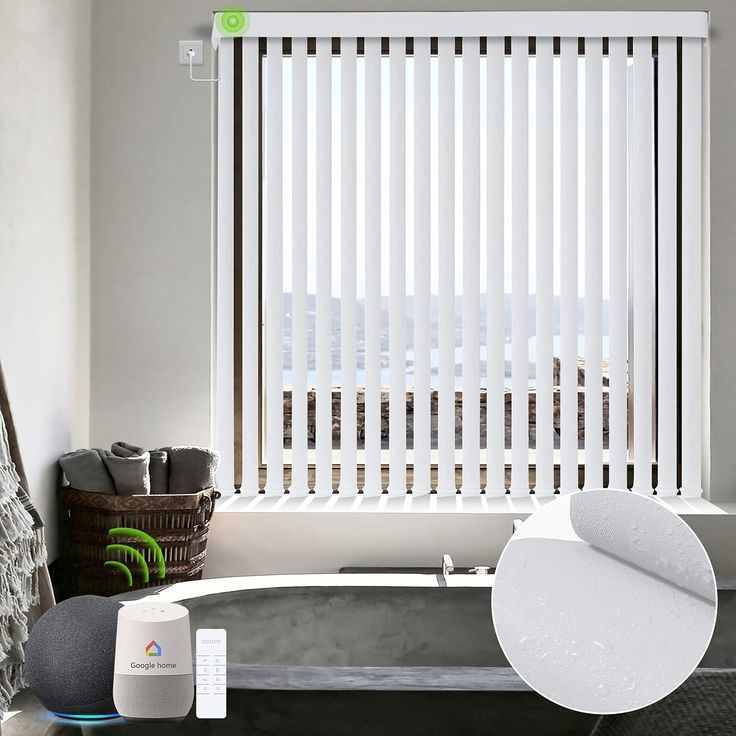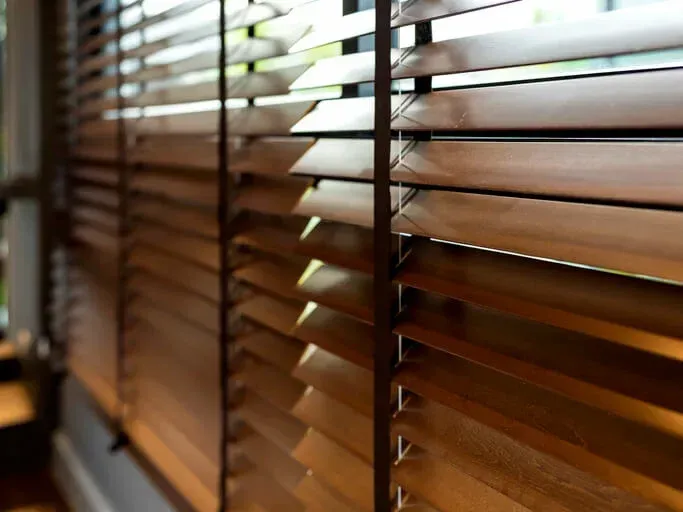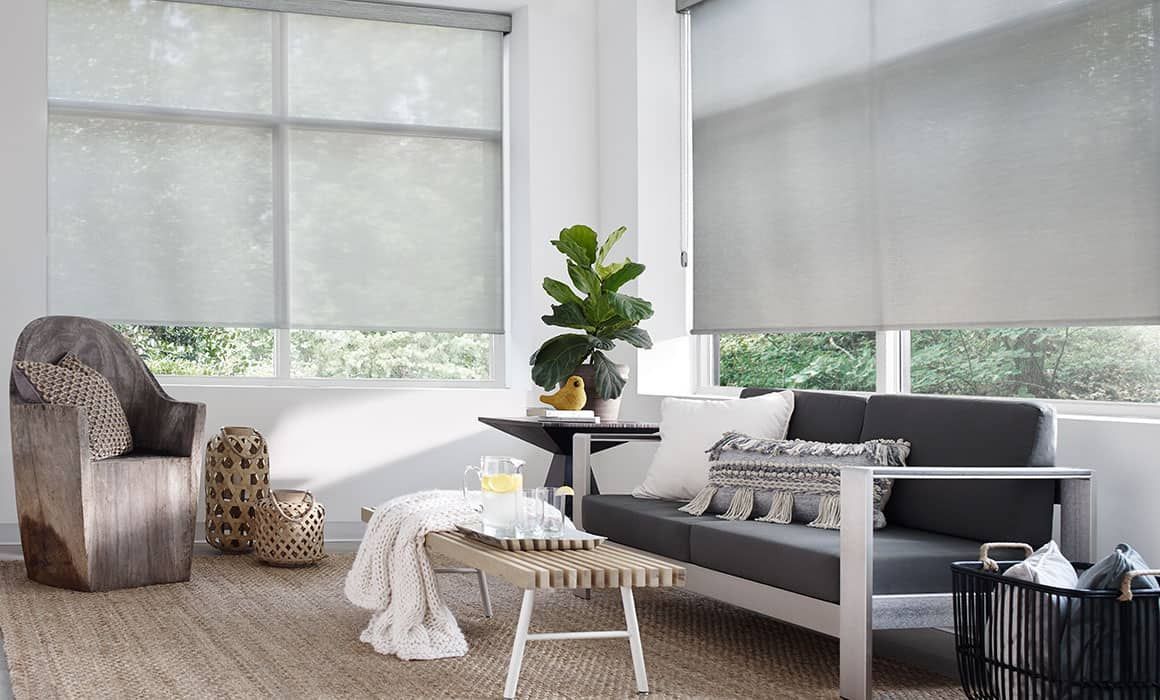How to Paint Vinyl Roll-Up Blinds? Top 3 Colors for Heat Resistant
Vinyl roll-up blinds are a versatile and affordable solution for window treatments, but over time, they can start to look outdated or worn. A fresh coat of paint can transform these blinds, breathing new life into your space while enhancing energy efficiency.
Why Paint Vinyl Roll-Up Blinds?
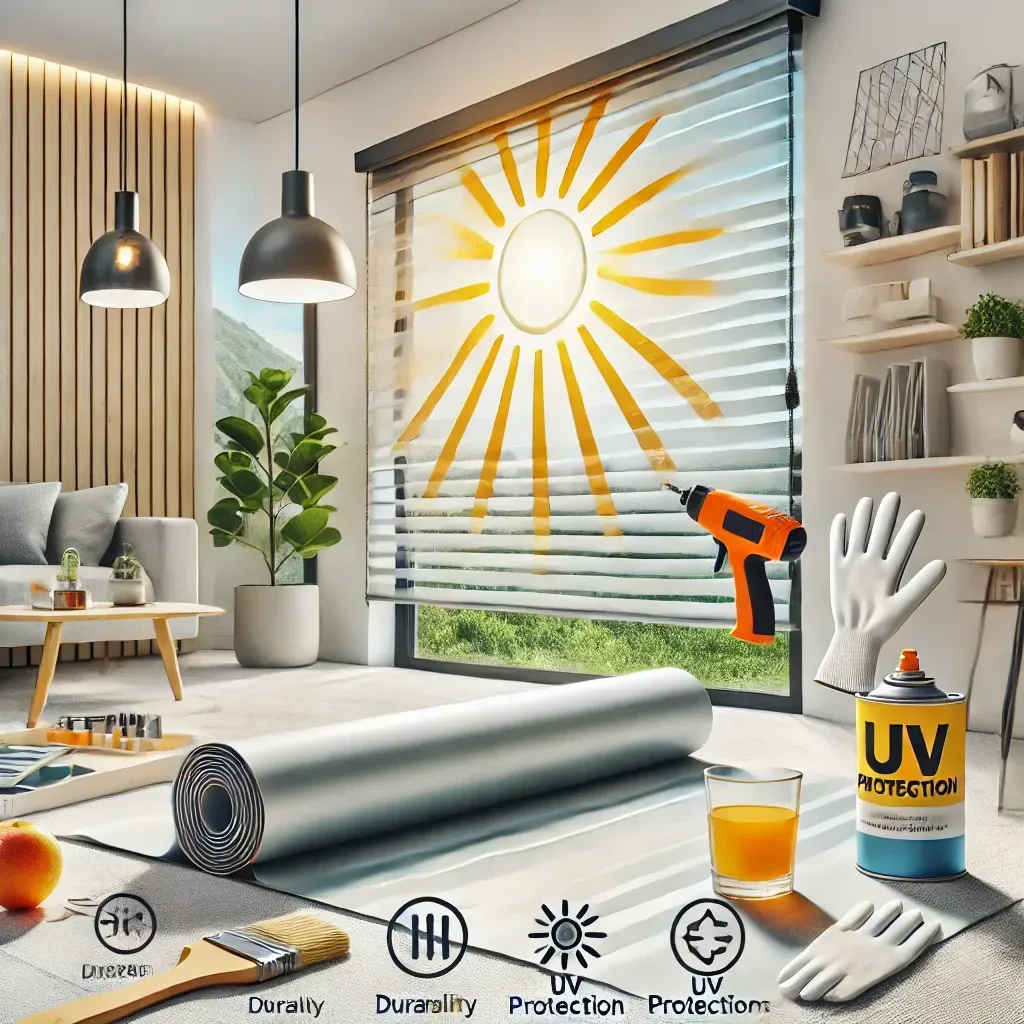
Painting vinyl roll-up blinds isn’t just about aesthetics; it’s also a practical way to improve durability and energy efficiency. Vinyl is naturally resistant to moisture and heat, but selecting the right paint can add UV protection, extend the life of your blinds, and reduce heat absorption in sun-exposed rooms.
How to Paint Vinyl Roll-Up Blinds
Transforming your blinds is easier than you might think! Follow these steps for a professional finish:
1. Prepare the Blinds
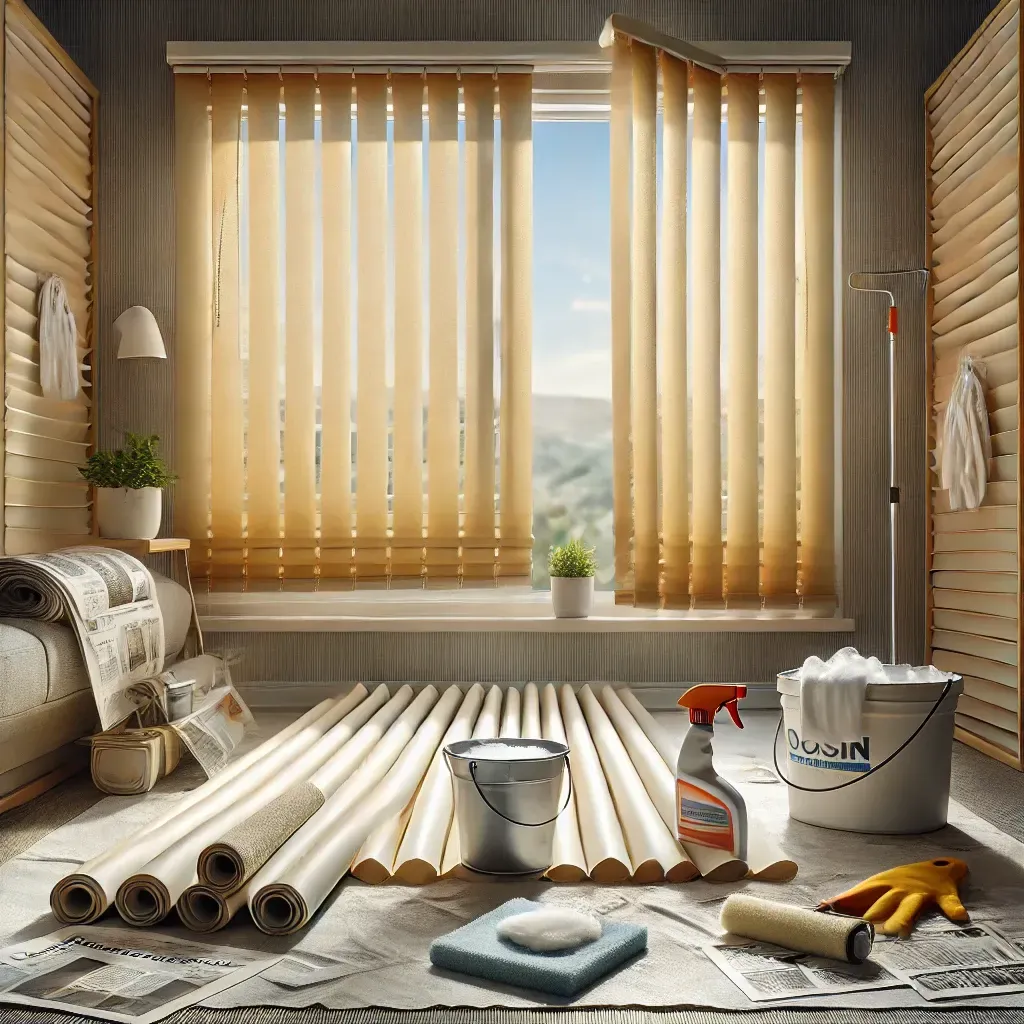
The foundation of any good paint job is proper preparation.
- Remove the blinds from the window to prevent overspray or drips onto walls and furniture.
- Clean thoroughly with warm, soapy water to remove dust, dirt, and grease. Dry completely.
- Lay the blinds flat on a protected surface like a drop cloth or newspaper to avoid paint spills.
2. Choose the Right Paint

Selecting the right paint ensures adhesion and a long-lasting finish.
- Use spray paint specifically designed for plastic or vinyl surfaces.
- For slick vinyl surfaces, consider applying a primer formulated for plastic to enhance adhesion.
- If you're aiming for decorative touches, use acrylic paint for intricate designs.
3. Apply the Paint
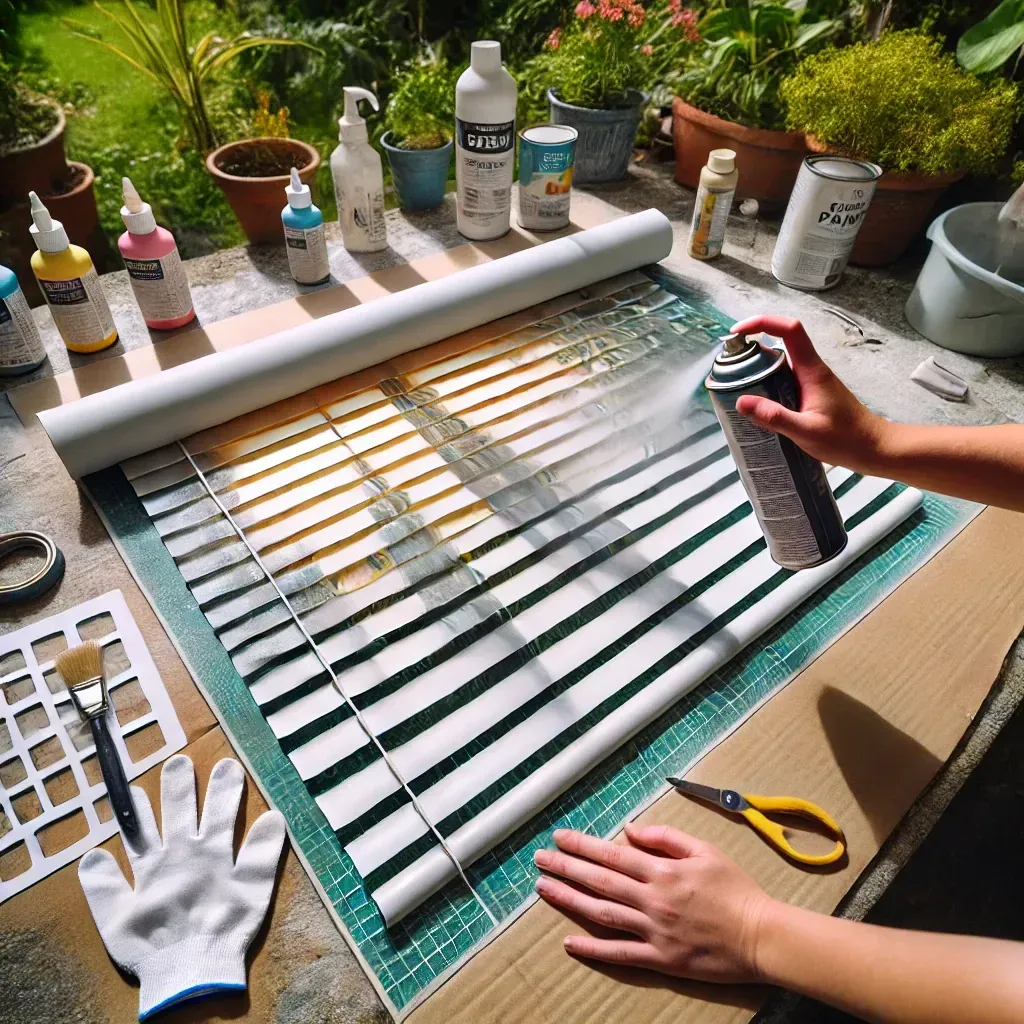
Even application is key to achieving a smooth, professional look.
- Spray thin, even coats, ensuring complete coverage while avoiding drips.
- Work in a well-ventilated area or outdoors to minimize inhaling fumes.
- Allow each coat to dry thoroughly before applying the next. This prevents uneven surfaces or peeling.
- For more artistic flair, use stencils for patterns or a fine brush for hand-painted details.
Important Considerations
- Test the paint first: Apply a small amount to an inconspicuous area to ensure proper adhesion and color match.
- Safety first: Always wear gloves and protective eyewear when working with spray paint.
- Drying time: Let the blinds dry completely (usually 24-48 hours) before rehanging.
Top 3 Heat-Resistant Colors for Vinyl Roll-Up Blinds
Choosing the right colors isn’t just about style—it’s about function. Heat-resistant colors can reduce the amount of heat absorbed by your blinds, keeping your space cooler.
1. White or Off-White

Light colors like white are excellent at reflecting heat and light, making them perfect for sunny rooms. A crisp white finish also brightens the space, giving it a modern, clean look.
2. Silver or Metallic Grey
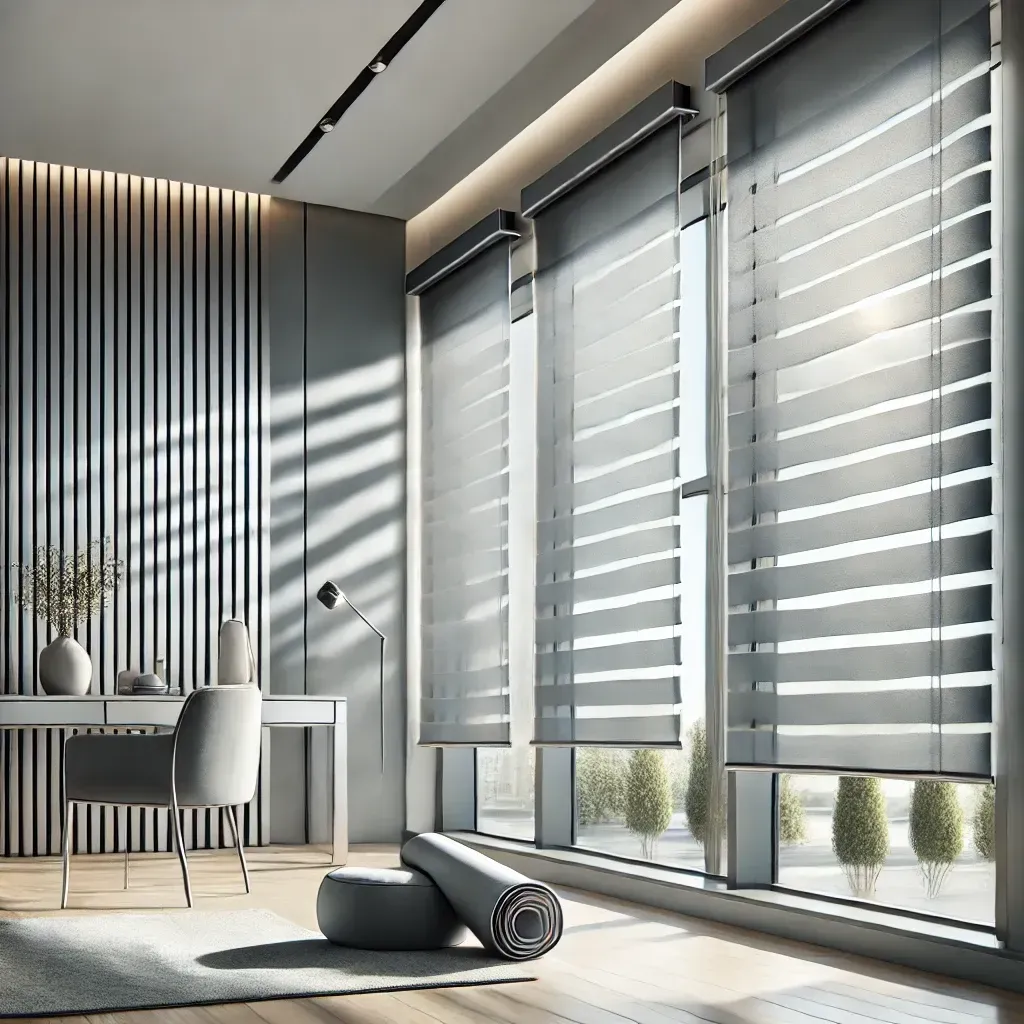
Metallic shades like silver are both trendy and practical. They reflect UV rays and heat effectively while adding a sleek, contemporary touch to your blinds.
3. Pale Blue or Light Pastels
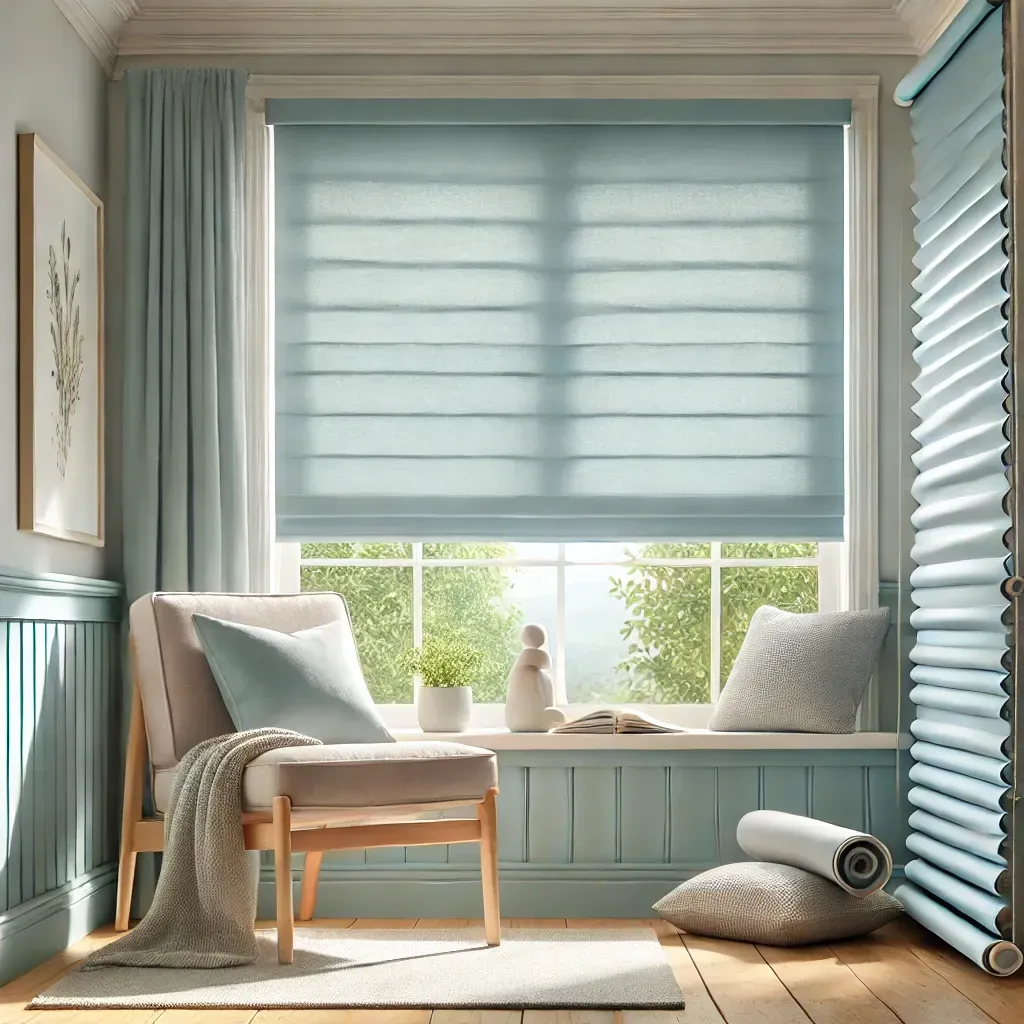
Cool pastel tones, especially pale blue, create a calming atmosphere while deflecting heat. These colors are excellent for rooms where relaxation is a priority, such as bedrooms or reading nooks.
Maintenance Tips for Painted Vinyl Blinds
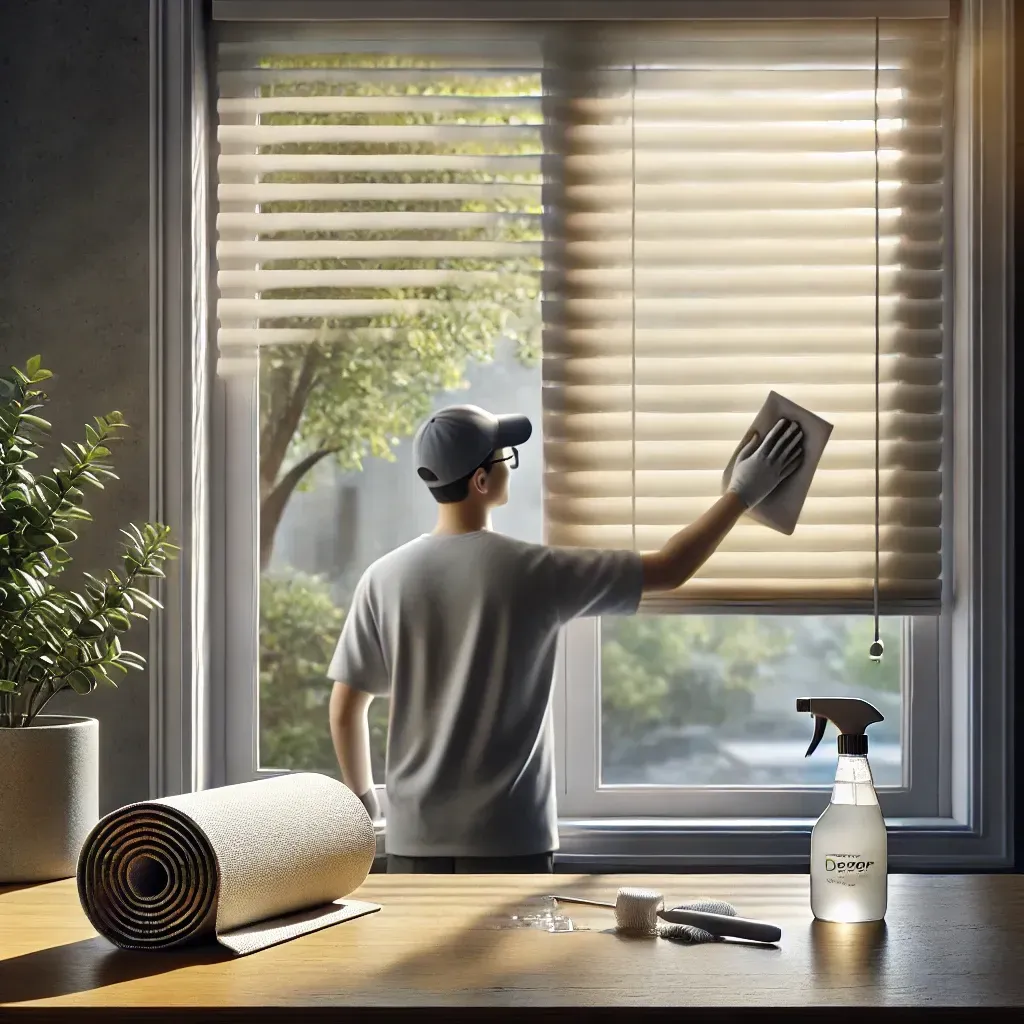
Once your blinds are painted and reinstalled, proper maintenance ensures their longevity:
- Regular cleaning: Dust your blinds weekly to prevent buildup. Use a damp cloth for a deeper clean.
- Avoid abrasive cleaners: Harsh chemicals can damage the paint finish. Stick to gentle, non-abrasive solutions.
- Inspect regularly: Look for chips or peeling paint and touch up as needed.
Benefits of Painting Vinyl Roll-Up Blinds
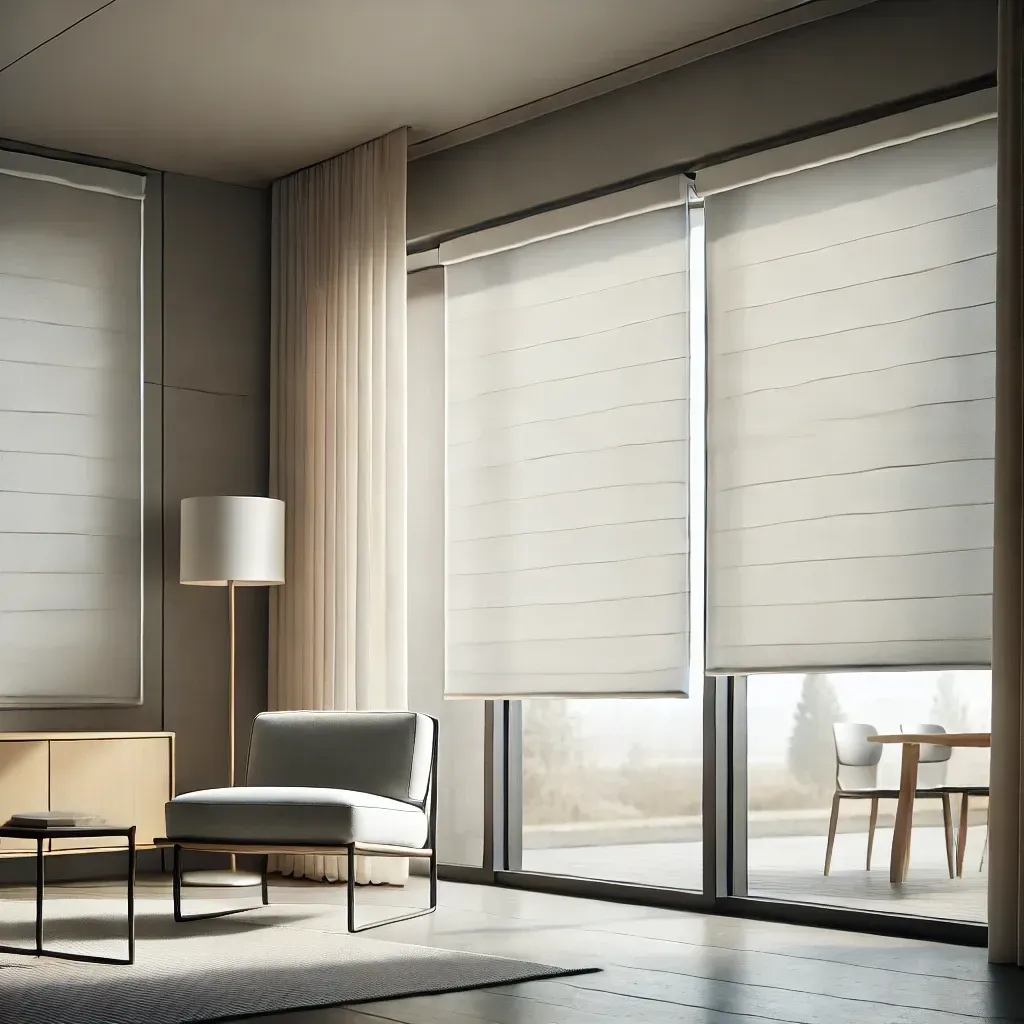
By painting your vinyl blinds, you can:
- Save money: Painting is a cost-effective way to update blinds compared to buying new ones.
- Customize your style: Match your blinds to your décor with unique colors or patterns.
- Enhance energy efficiency: Heat-resistant paints help reduce energy bills by keeping rooms cooler.
Conclusion
Painting vinyl roll-up blinds is a simple and affordable way to revitalize your home while improving energy efficiency. By following the steps outlined above, choosing high-quality materials, and selecting heat-resistant colors like white, silver, or pale blue, you can achieve a professional and functional finish. Whether you’re a DIY enthusiast or just looking to freshen up your space, this project combines creativity with practicality.


